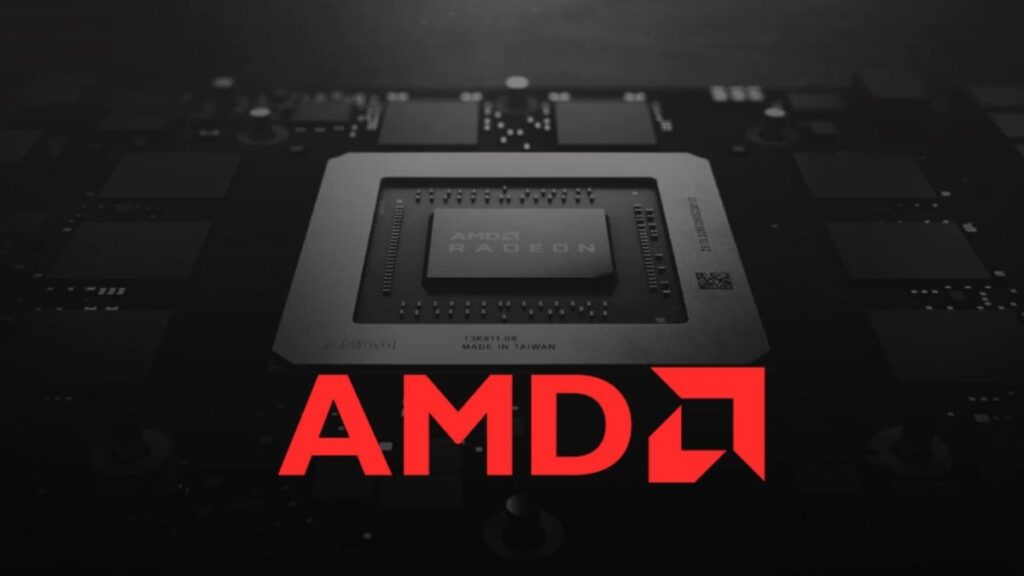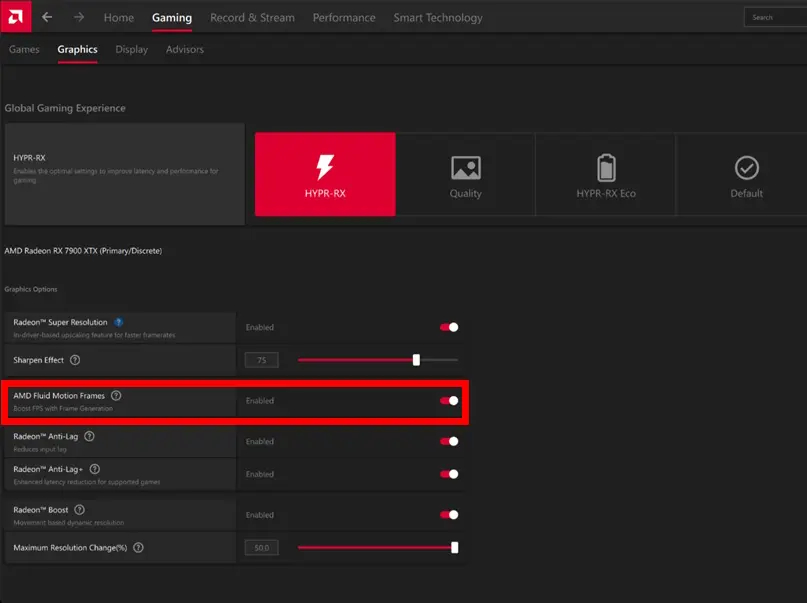
AMD’s AFMF technology closely resembles FSR 3, yet its activation method differs. The potential of AI-powered frame generation for gaming is promising, but we’re still awaiting a stable driver update that includes the AFMF feature. The AFMF frame-generation capability by AMD was initially introduced through a preview or beta driver, and subsequently, the company has rolled out a minor driver update.
Details of AMD’s Advanced Fluid Motion Frames (AFMF) Preview Driver 23.30.01.03
The latest AMD graphics driver, marked as a preview version 23.30.01.03, is accessible for download on AMD’s official website [here]. This driver update specifically supports the AFMF technology on RX 6000 Series and RX 7000 Series graphics cards. The update primarily addresses improved driver stability during task switching and implements fixes aimed at preventing crashes in the AMD Software Adrenalin Edition, which serves as the GPU’s control panel.
The AMD FSR 3, introduced by AMD in late October, operates as an AI-powered frame generation feature for Radeon RX GPUs. When activated, it enhances gaming performance by artificially boosting the FPS, leading to a smoother gameplay experience. It’s fascinating how our tests with FSR 3 on Immortals of Aveum revealed a remarkable gaming experience. Surprisingly, the input latency appeared superior compared to the early phases of Nvidia DLSS 3. However, there are numerous bugs that AMD’s frame generation technology still needs to iron out.
So, AFMF, akin to FSR 3, operates at the driver level. AMD essentially allows users to activate frame generation on any RX 6000 or RX 7000 GPU through the Radeon Adrenalin Software settings. This feature, called AFMF, enables frame generation for DX11/DX12 games. The preview AFMF driver has been available for some time now, indicating that AMD might soon integrate AFMF into their stable driver updates.

Absolutely, the advancements in FSR 3 and AFMF hold promise for the future of gaming. The extensive compatibility of FSR 3, as evidenced in our test on an RTX 3070 Ti, showcases its versatility across various GPUs. With ongoing developments in frame generation technology, all gamers stand to gain. Also, our comprehensive comparison of the final image quality delivered by FSR, DLSS, and XeSS offers a detailed insight into how each technology operates. Absolutely, feel free to delve deeper into it for a more thorough understanding!
What’s your take on AMD’s frame generation technology, AFMF/FSR 3? Are you optimistic about its impact on gamers? Share your thoughts in the comments section!




